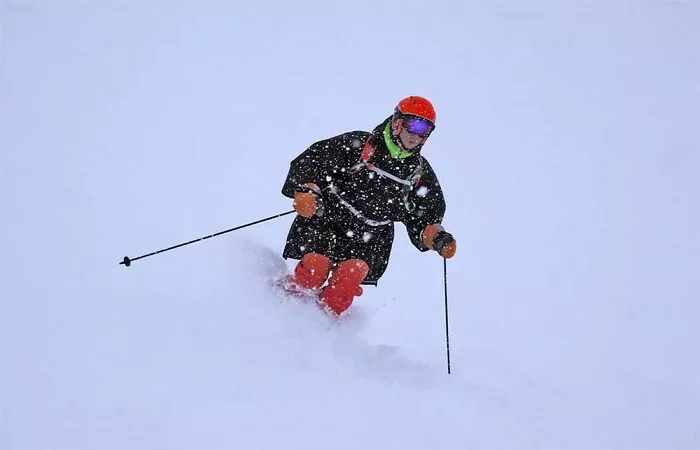Getting back to skiing after an ACL injury requires a careful, well-structured approach to ensure safety and restore performance. The anterior cruciate ligament (ACL) is crucial for knee stability, especially in a dynamic sport like skiing, which involves twisting, turning, and sudden stops. This article will guide you through the recovery process, from injury and surgery to rehabilitation and finally returning to the slopes confidently and safely.
Understanding ACL Injuries in Skiing
The ACL is one of the key ligaments that stabilize your knee joint. ACL injuries commonly occur in skiing due to falls, twisting motions, or collisions. Most skiing-related ACL tears are complete tears (Grade III), which usually require surgical reconstruction to restore knee stability and function.
The Road to Recovery: Surgery and Rehabilitation
ACL Surgery: When Is It Needed?
Grade I (minor sprain) injuries may heal with rest and physical therapy.
Grade II (partial tear) and Grade III (complete tear) often require surgery, especially for active skiers who want to return to high-level skiing.
Surgery typically involves reconstructing the ACL using a tendon graft, often from the patient’s own tissue (autograft), which has a lower retear rate compared to donor tissue (allograft).
Rehabilitation Timeline
Early rehabilitation focuses on reducing swelling, regaining range of motion, and gentle strengthening.
Patients often begin biking within weeks after surgery and progress to hiking and jogging around 4 months.
Full ligament healing takes about 6 months, but regaining full strength and confidence usually requires 8 to 9 months of dedicated rehab.
Key Rehabilitation Components for Skiers
To prepare your knee for the demands of skiing, your rehab should include:
One-legged stance exercises to improve balance and knee stability.
Hip and thigh strengthening to support the knee and reduce ligament strain.
Core strengthening to enhance balance and control during skiing maneuvers.
Weight-bearing and agility exercises that mimic skiing movements, such as side-to-side and forward/backward running drills.
Physical therapists often use functional sport tests to assess readiness, including single-leg dips and agility drills, ensuring your knee can handle skiing stresses before you return.
Returning to the Slopes: A Gradual Approach
When Can You Ski Again?
Recreational skiing can often resume safely between 4 to 6 months after surgery.
Competitive skiing typically requires 6 to 9 months or more, depending on individual recovery.
Many experts recommend waiting at least 7 to 9 months to allow the graft to fully heal and strength to return.
Starting Slow and Building Confidence
Begin on gentle slopes and limit ski time to avoid fatigue, which increases injury risk.
Use a knee brace designed for skiing to provide additional support and reduce the chance of re-injury, especially during the first year back on snow.
Practice controlled falls by keeping your legs flexed and falling forward to protect the ACL graft.
Preventing a Second ACL Injury
Maintain strong hips, thighs, and core muscles to support the knee.
Avoid sudden twists or abrupt turns; focus on smooth, controlled movements.
Always warm up properly and listen to your body to avoid overexertion.
Psychological Readiness and Confidence
Physical recovery is only part of the journey. Many skiers report that regaining confidence in their knee takes time, even after passing physical tests. Gradually increasing difficulty and skiing with a trusted partner can help rebuild trust in your knee.
Conclusion
Returning to skiing after an ACL injury involves:
Undergoing surgery if necessary, followed by a structured rehabilitation program.
Focusing on balance, strength, and sport-specific exercises.
Waiting at least 7 to 9 months before skiing, starting on easy terrain.
Using protective gear like knee braces.
Progressing gradually to prevent re-injury.
Building psychological confidence alongside physical recovery.
By following these steps, you can safely enjoy skiing again and reduce the risk of further ACL injuries.
This comprehensive approach ensures that skiers recovering from ACL injuries regain strength, stability, and confidence, enabling a successful and safe return to the slopes.

